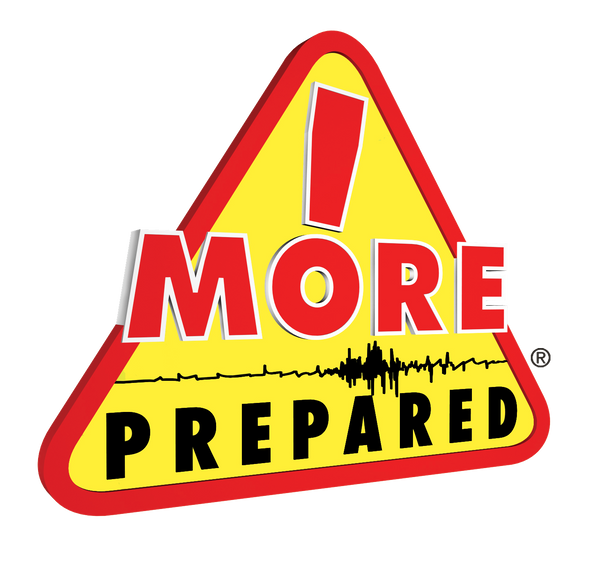Preparedness FAQs
1. What should an emergency kit include?
An emergency kit should cover the essentials for survival: food, water, first aid, lighting, communication, sanitation, and shelter. The exact contents depend on whether the kit is for a family, school, workplace, or response team.
Browse Home Survival Kits
Browse Workplace Survival Kits
2. How much water should I store per person, and for how long?
Plan on storing at least one gallon of water per person per day for a minimum of 72 hours. Schools, workplaces, and government agencies often plan for 5–7 days of coverage but may be limited by space and storage considerations. Packaged emergency water can have a shelf life of up to 50 years. The most economical way to store large amounts of water would be in a water storage barrel which is rotated every 5 years but it's best to have a combination of both types.
Explore Emergency Drinking Water
3. How long does emergency food last?
Shelf life depends on the product:
Food bars & MREs: 5 years
Freeze-dried meals: 25+ years (if stored properly)
Always check expiration dates and replace before they expire.
Shop Emergency Food Bars
4. When should I replace items in an emergency kit?
Most kits should be checked once a year. Replace:
Food & water before expiration
Batteries every 1–2 years
First aid items as they expire or are used. More Prepared kits have a "Best By" sticker showing when the food and water expire. Other items may expire sooner.
See Replenishment Packs for Home
See Replenishment Packs for School
See Replenishment Packs for the Workplace
5. What types of emergency kits are there?
There are many types of kits available but they generally fall into 3 main categories of emergency kits:
6. Are your emergency kits ANSI / OSHA compliant?
Our workplace first aid kits are designed to meet ANSI/OSHA requirements for workplace compliance.
Our emergency survival kits (for home, car, school, and specialty use) are not reviewed under ANSI/OSHA, but they are assembled to align with FEMA and American Red Cross recommendations for basic emergency preparedness — including food, water, first aid, lighting, and sanitation.
Explore ANSI / OSHA First Aid Kits
7. Can I customize an emergency kit?
Absolutely. More Prepared specializes in custom kits. We can take your list of specs or take our existing kits and adjust contents, add specialized supplies, brand containers with your logo, and design solutions for multi-site organizations. Either way, a custom quote will be sent to you for review.
Learn About Custom Kits
8. Do you offer bulk pricing or contract discounts?
Yes. We provide bulk pricing for schools, government agencies, and businesses. We are a GSA contract holder, and many agencies can purchase through cooperative contracts. Email us with your requirements at quotes@moreprepared.com or contact us through our website.
Request a Quote
9. How do I size a kit for a group?
Our kits are generally sized by the number of people and duration of coverage. In general, it is always better to go up a size than down. You never know when you will have extra people around visiting your home or workplace when the emergency strikes. More supplies means you are covering them too.
We also have an "Extra Person Kit" which adds the basic individual supplies for one person. This would be used to stretch a kit from a 2 Person to a 3 Person or a 4 Person to a 5 Person.
10. How do I make an emergency preparedness plan?
Every kit should be part of a larger plan. An emergency preparedness plan outlines how to communicate, where to meet, and what supplies to have ready in case of disaster. FEMA and the Red Cross recommend that every household, school, and workplace create a written plan and practice it regularly.
See Preparedness Guides
